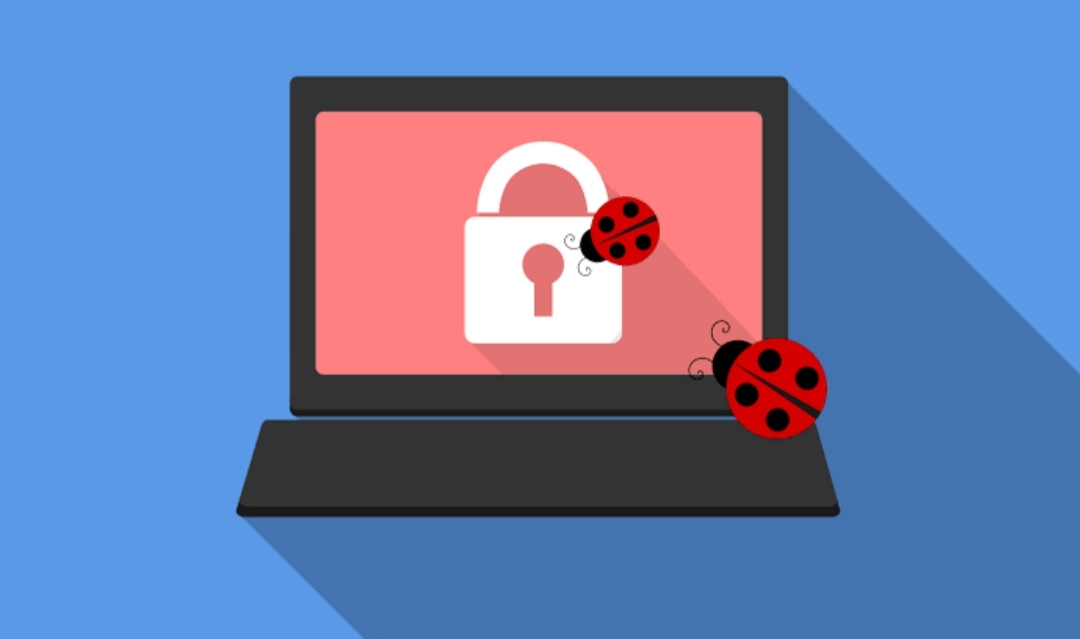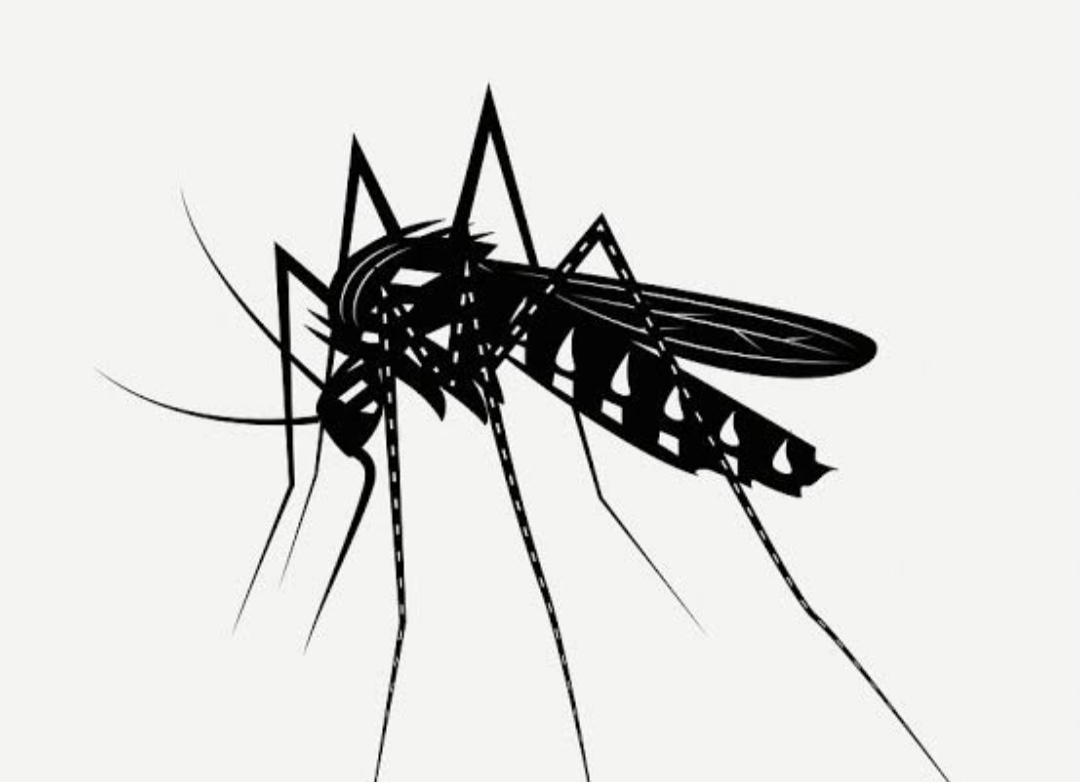How to keep save your devices from malware
How to save from malware-
Malware, short for “malicious software,” is a type of software designed to harm or exploit computer systems, networks, and mobile devices. Malware can take many forms, including viruses, worms, trojan horses, ransomware, spyware, adware, and more. It can cause a wide range of problems, from stealing sensitive information to rendering a device unusable. In this article, we will discuss some practical tips for protecting your devices from malware.
Keep Your Operating System and Software Up-to-Date
One of the most important steps you can take to protect your devices from malware is to keep your operating system and software up-to-date. Software updates often include security patches that fix vulnerabilities that could be exploited by malware. Make sure to enable automatic updates whenever possible, and regularly check for updates manually if automatic updates are not available.
Use Antivirus and Anti-Malware Software
Antivirus and anti-malware software are essential tools for protecting your devices from malware. These programs can detect and remove malware from your system, as well as prevent new infections from occurring. Be sure to choose a reputable and effective antivirus or anti-malware software, and keep it up-to-date.
Be Careful When Downloading and Installing Software
Malware can often be disguised as legitimate software, so it’s important to be cautious when downloading and installing new programs. Only download software from trusted sources, such as the official websites of the software vendors. Be wary of downloading software from unfamiliar or suspicious websites, and always read the user reviews before downloading.
Avoid Suspicious Email Attachments and Links
Malware can also be spread through email attachments and links. Be cautious when opening email attachments, especially if they come from unfamiliar senders or seem suspicious in any way. Never click on links in emails that seem suspicious or come from unknown senders. Instead, go directly to the website by typing the URL into your browser.
Use a Firewall
A firewall is a network security system that monitors and controls incoming and outgoing network traffic. By using a firewall, you can block incoming traffic from suspicious IP addresses and prevent malware from communicating with its command and control servers. Make sure to enable the built-in firewall in your operating system, or install a third-party firewall for additional protection.
Use Strong Passwords and Two-Factor Authentication
Malware can also gain access to your devices and accounts by stealing your login credentials. To prevent this, use strong, unique passwords for each account, and enable two-factor authentication whenever possible. Two-factor authentication adds an extra layer of security by requiring a code sent to your phone or email in addition to your password to log in to an account.
Be Cautious on Public Wi-Fi Networks
Public Wi-Fi networks can be a hotspot for malware attacks, as they are often unsecured and can be easily intercepted by cybercriminals. Be cautious when using public Wi-Fi networks, and avoid accessing sensitive information such as online banking or personal email. Use a virtual private network (VPN) to encrypt your internet traffic and protect your privacy on public Wi-Fi networks.
In conclusion, protecting your devices from malware requires a combination of proactive measures and best practices. By keeping your software up-to-date, using antivirus and anti-malware software, being cautious when downloading and installing software, avoiding suspicious email attachments and links, using a firewall, using strong passwords and two-factor authentication, and being cautious on public Wi-Fi networks, you can significantly reduce your risk of malware infections and keep your devices and data safe.

